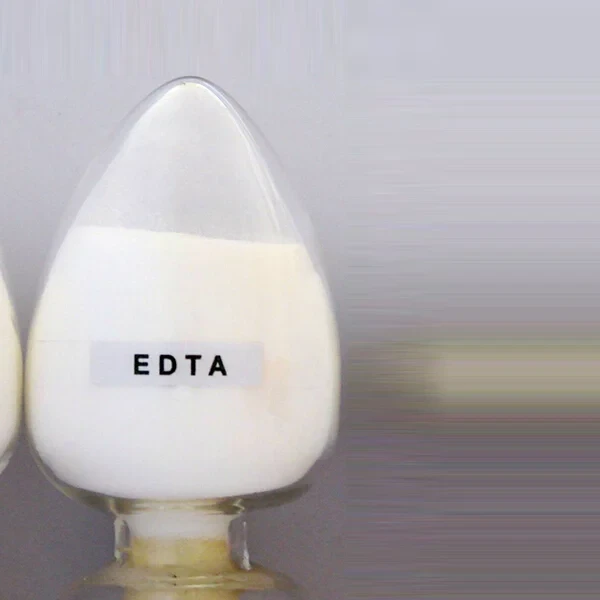
News
Nov . 10, 2024 22:59 Back to list
Understanding the Applications and Benefits of EDTA Acid in Various Industries
Understanding EDTA The Multifaceted Role of EDTA Acid
Ethylenediaminetetraacetic acid, commonly known as EDTA, is a chelating agent widely used in various fields, ranging from medicine to industrial applications. Its unique ability to bind with metal ions makes it an essential compound for numerous chemical processes. In this article, we will explore the nature of EDTA, its applications, benefits, and potential drawbacks.
What is EDTA?
EDTA is a synthetic amino acid that contains four carboxylic acid groups, allowing it to chelate or ‘capture’ metal ions. Its structure provides a stable complex when it interacts with metals such as calcium, magnesium, iron, and lead. Because of this property, EDTA is capable of reducing the reactivity of these ions, thereby preventing unwanted chemical reactions that could lead to adverse effects.
Applications of EDTA
1. Medical Use One of the most notable applications of EDTA is in the medical field, particularly in chelation therapy for heavy metal poisoning. EDTA is administered to patients suffering from lead, mercury, or arsenic poisoning. The compound binds dramatically to the toxic metals, enabling their excretion from the body via urine. Moreover, EDTA is sometimes used in the treatment of cardiovascular diseases, as it may help remove calcium deposits from arteries, thereby improving blood flow.
2. Industrial Applications In various industries, EDTA is used to control metal ion concentrations. For instance, in the textile industry, it is utilized to prevent metal ions from interfering with dyeing processes. Similarly, in the paper industry, EDTA helps in stabilizing the pulping process by controlling metal levels. Additionally, it is commonly found in formulations for detergents and soaps, where it enhances cleaning efficiency by softening water and capturing metal ions that could hinder surfactant action.
3. Agricultural Use In agriculture, EDTA is used as a chelating agent for micronutrients like iron and zinc in soils. Many plants require these essential nutrients, but they often exist in forms that are unusable. By binding these nutrients with EDTA, they become more bioavailable to plants, promoting healthy growth and yield.
edta acid

4. Food Industry EDTA is also used in the food industry as a preservative to stabilize certain flavors and prevent discoloration. It can chelate metal ions that might catalyze degradation processes in food products, thus extending their shelf life.
Benefits of EDTA
The versatility of EDTA is one of its key advantages. Its ability to bind with a wide range of metal ions allows it to be implemented in numerous fields. In medicine, it can significantly aid in detoxification processes. In industrial applications, its effectiveness in preventing metal ion interference enhances product quality and efficacy. Furthermore, its use in agriculture promotes proper nutrition for crops, potentially leading to increased food production.
Potential Drawbacks
Despite its many benefits, there are some concerns regarding the use of EDTA. In medical applications, while it is generally considered safe when used appropriately, some side effects may occur, including allergic reactions, changes in blood calcium levels, and kidney complications. In industrial applications, there are environmental concerns regarding the persistence of EDTA in ecosystems. Once released, it can bind to metals in water bodies, potentially disrupting ecological balances and leading to metal ion depletion in the environment.
Conclusion
EDTA is a powerful compound with a broad range of applications across various fields. Its unique ability to chelate metal ions has made it invaluable in medical treatments, industrial processes, and agricultural practices. However, it is crucial for users to understand the potential risks associated with its use, ensuring that it is applied in a manner that maximizes benefits while minimizing any negative impacts. As research continues to progress, the full potential of EDTA and its derivatives may bring forth even more innovative applications that benefit humanity and the planet alike.
-
Polyaspartic Acid Salts in Agricultural Fertilizers: A Sustainable Solution
NewsJul.21,2025
-
OEM Chelating Agent Preservative Supplier & Manufacturer High-Quality Customized Solutions
NewsJul.08,2025
-
OEM Potassium Chelating Agent Manufacturer - Custom Potassium Oxalate & Citrate Solutions
NewsJul.08,2025
-
OEM Pentasodium DTPA Chelating Agent Supplier & Manufacturer High Purity & Cost-Effective Solutions
NewsJul.08,2025
-
High-Efficiency Chelated Trace Elements Fertilizer Bulk Supplier & Manufacturer Quotes
NewsJul.07,2025
-
High Quality K Formation for a Chelating Agent – Reliable Manufacturer & Supplier
NewsJul.07,2025
